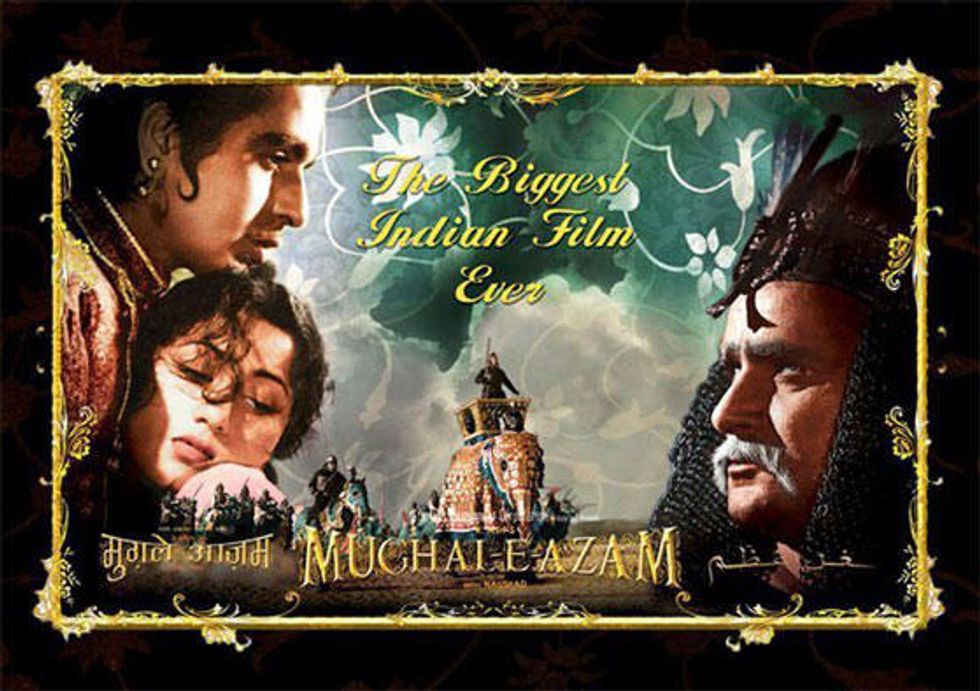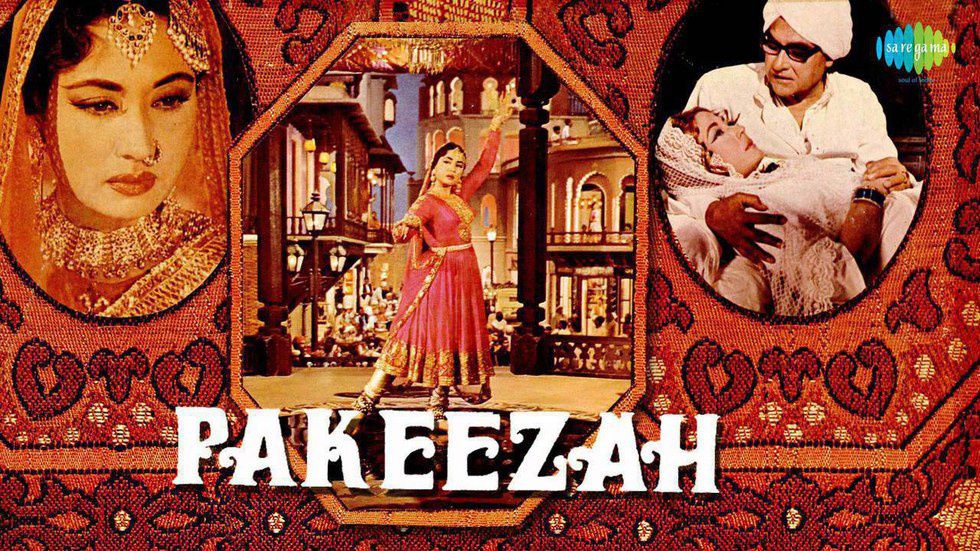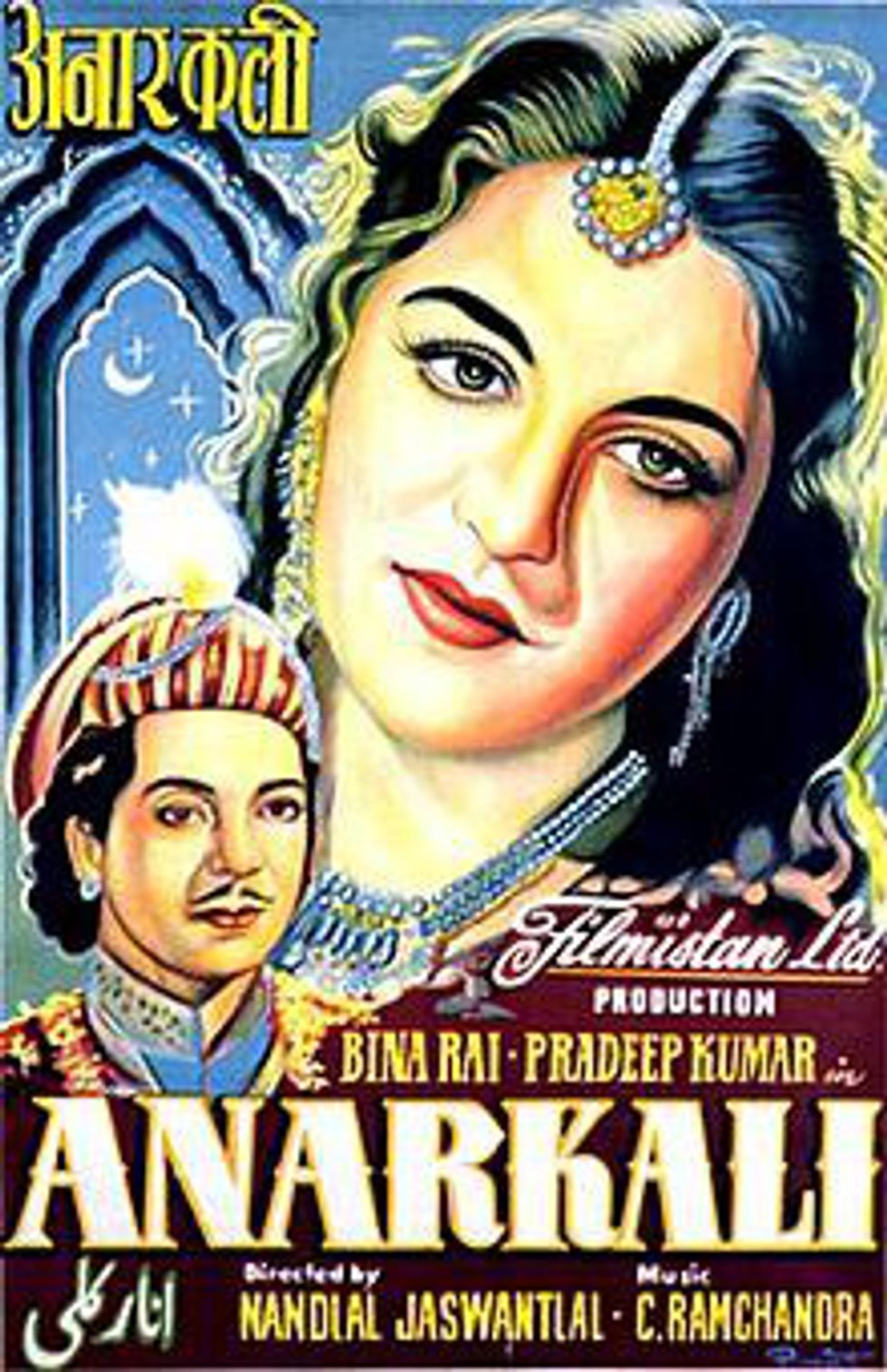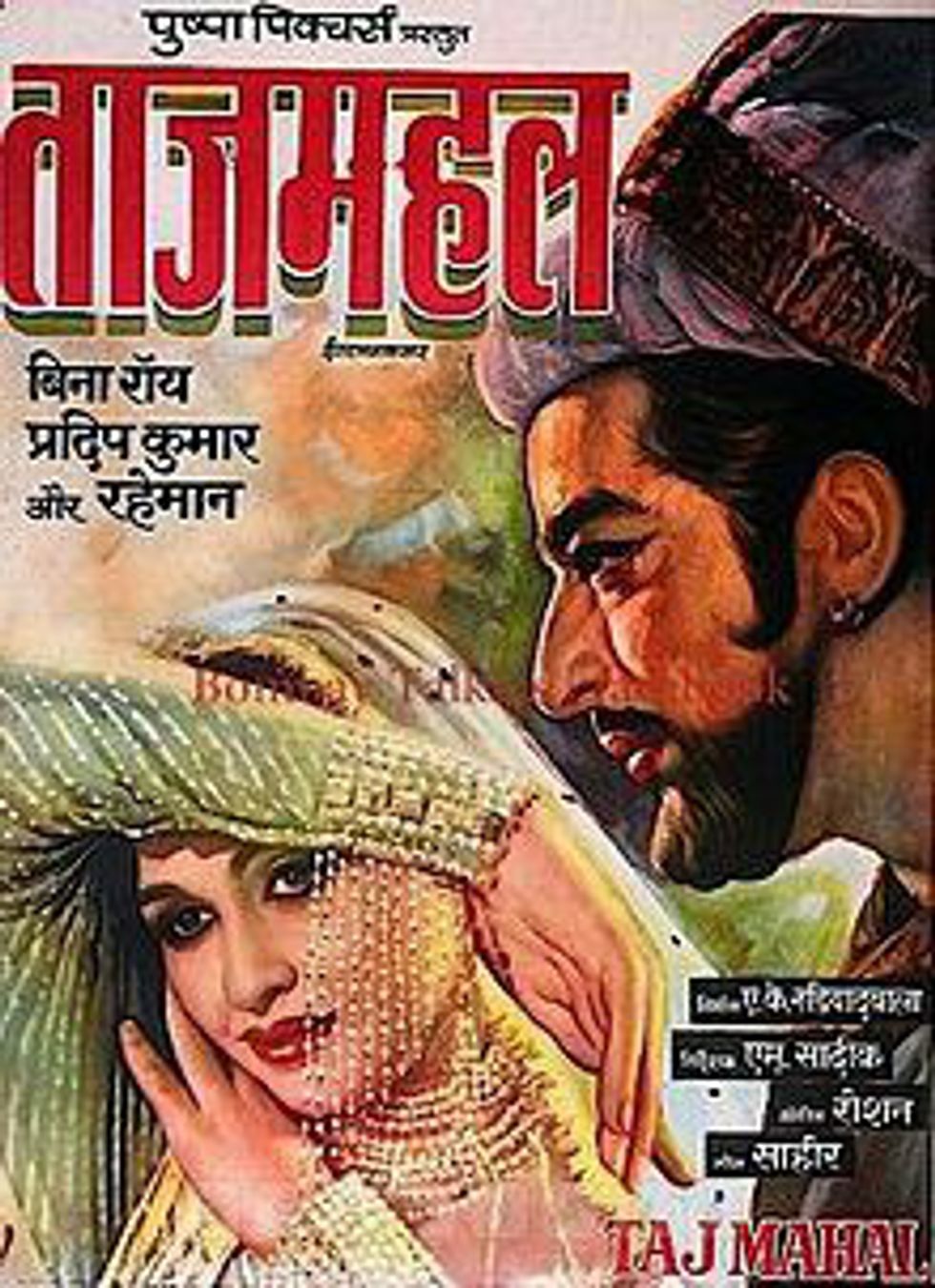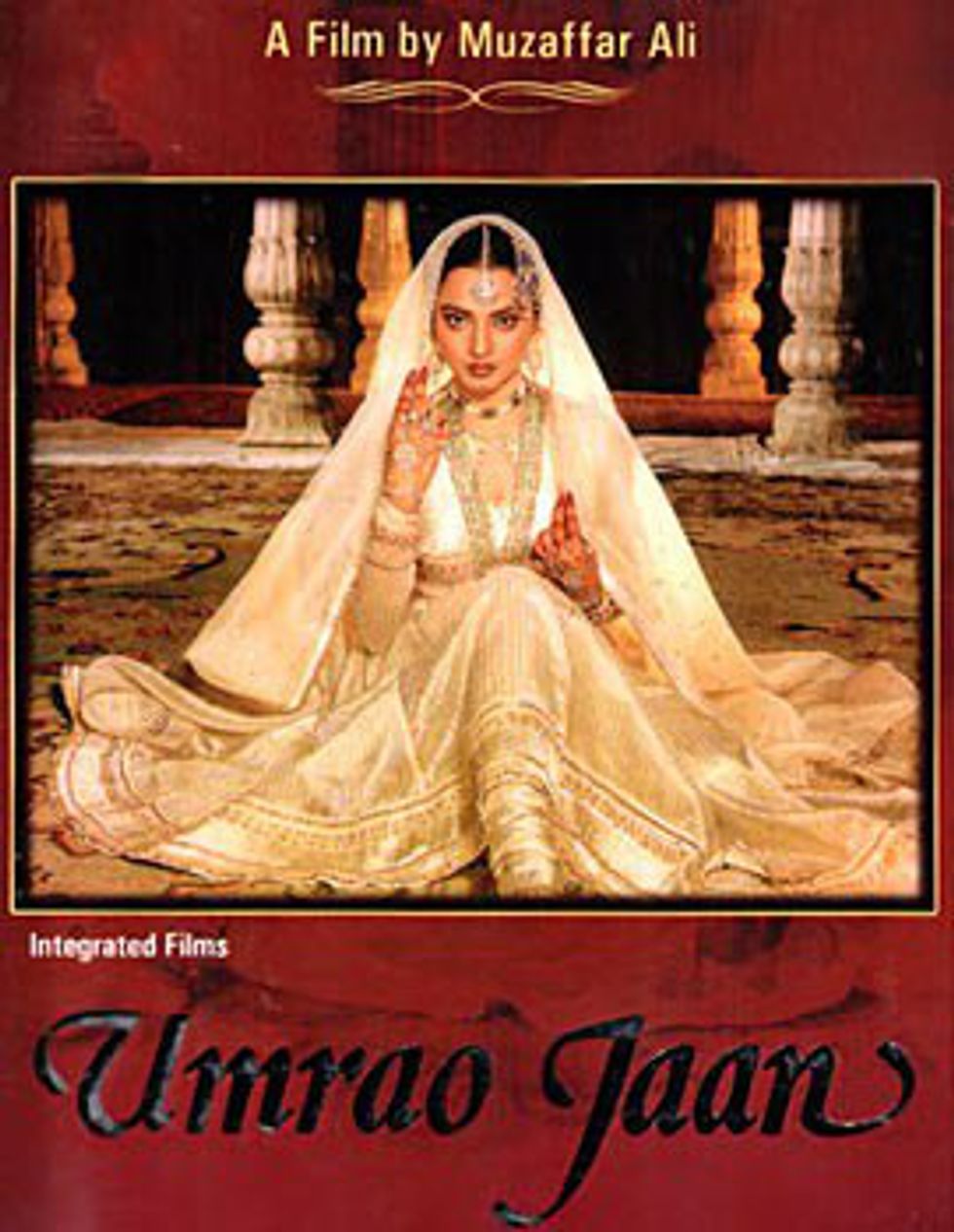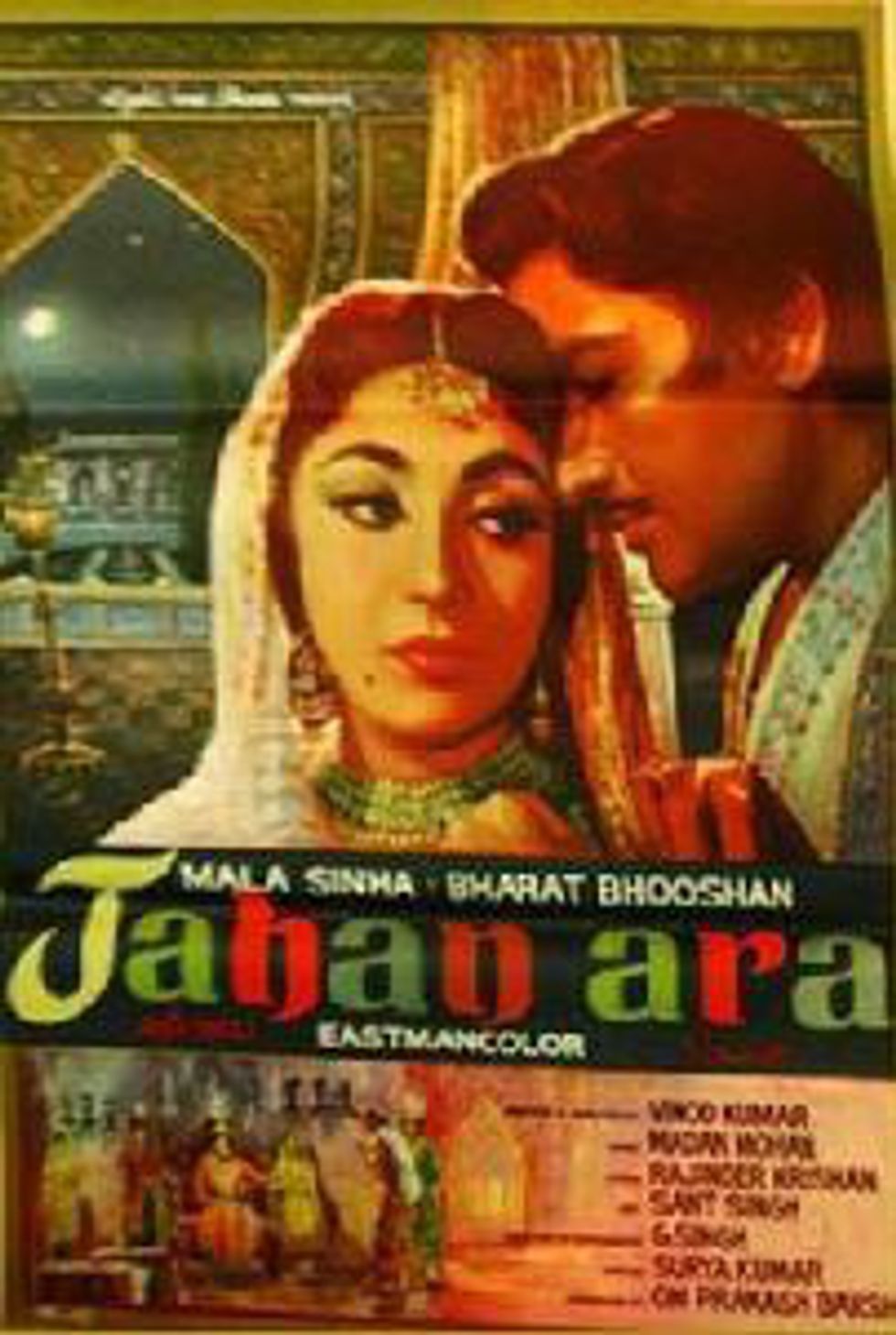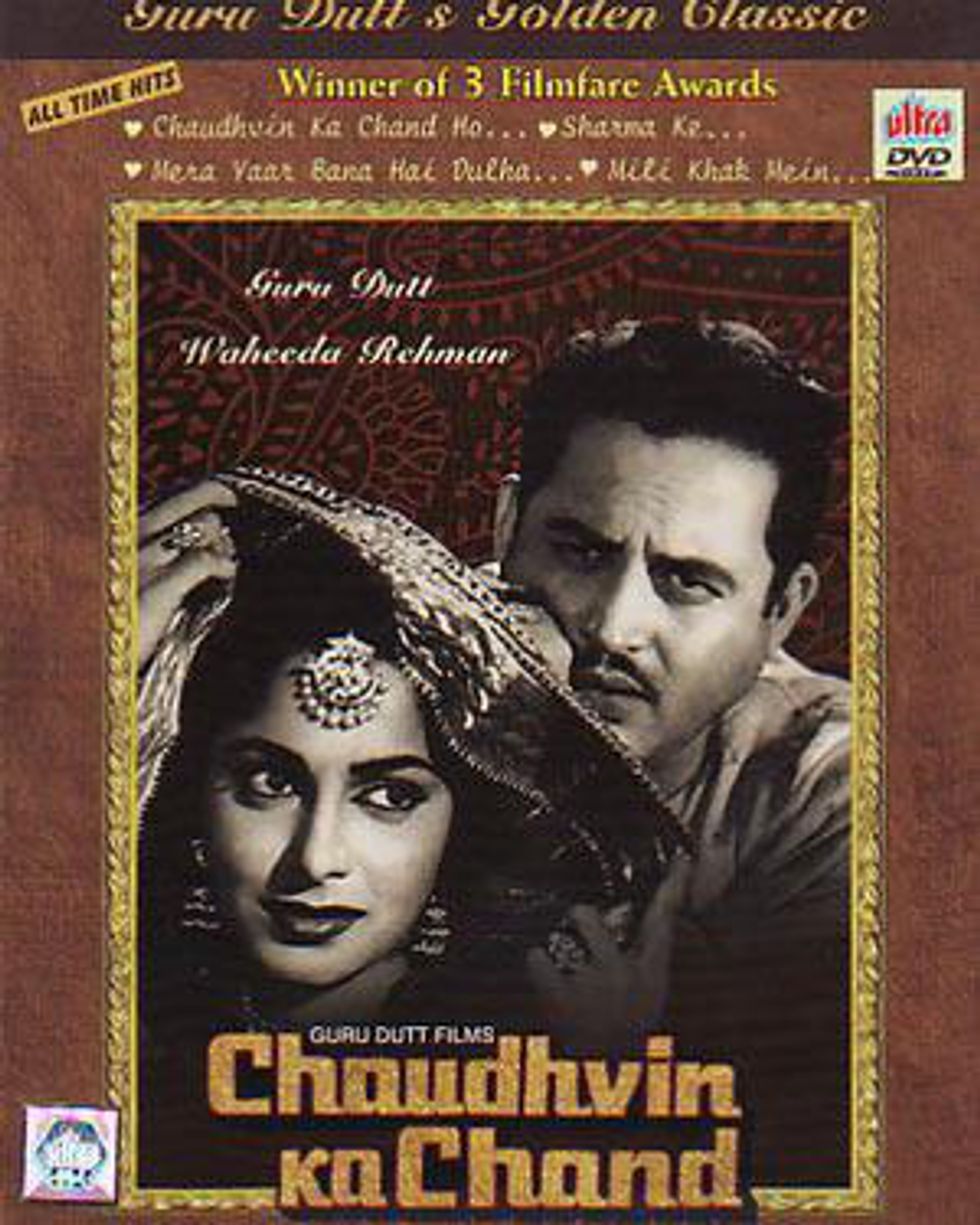Bollywood is known for its intensity, its musicals, and its flair for drama, amongst other things. Being an old soul, I spend a lot of my time watching older movies from the 40s, 50s, and 60s, a very different era in Indian cinema. I don't think I could pick a favorite movie since there are too many different genres in which I have many favorites. However, one of my favorite subjects are the movies which prominently display Muslim culture, specifically the historical dramas. Muslim culture in India has taken its own shape over the centuries, reaching its peak during the Mughal Empire (1526-1857). While in many ways Muslim culture in the Indian subcontinent has fused with Hindu culture, giving it its own beautiful and individual character, there are distinct aspects of the culture and influence that are unmistakable and have their own unique beauty. The city of Lucknow in India in particular, is known for being the hub of Muslim culture, with its polished Urdu and sophisticated lifestyle, especially during the time of the Mughal Dynasty. The beauty and elegance of the culture has been displayed time and time again in certain Bollywood films with great success and appreciation. They showed the tehzeeb (etiquette) of the people and they were set around beautiful love stories, with excellent Urdu poetry and dialogues. There are of course certain films which stand out more than others, so allow me to tell you about the some of the Bollywood movies with the best displays of Muslim culture!
*Side note: The films I list specifically focus on the Nawabi culture of the Muslims, rather than the other films which show a more middle-class lifestyle.
Mughal-e-Azam (1960)
An all-time blockbuster, this film shows the epic love story of Salim and Anarkali. This film definitely has to be my all-time favorite not just because of the beautiful chemistry between Dilip Kumar and Madhubala, but also because of the superb music composed by the one and only Naushad. Singers such as Lata Mangeshkar and Mohammed Rafi sang some of their most memorable songs for this film, such as Pyaar Kiya Toh Darna Kya, Teri Mehfil Mein Qismat, and Aye Mohabbat Zindabad. The sets and costumes were extremely detailed, displaying the lavish lifestyle that the Mughals enjoyed, and the exquisite Urdu dialogues were my favorite part of the film. Originally a black and white film, the movie was re-released in color in 2004 with renewed success. If you watch the movie again in color, you’ll notice how well they have managed to color even the most complex and grand scenes with great attention to detail. The song Pyaar Kiya Toh Darna was a visual treat because of Madhubala’s image in the mirrors as she danced. The screenplay as a whole for this film was very well-done. This film would definitely have to be my number one favorite in this category!
Pakeezah (1972)
Taking nearly 14 years to complete, Pakeezah is considered to be one of Meena Kumari’s best performances in her lifetime (and also one of the last movies she starred in, since she died a few weeks after it was released). This film had some truly beautiful scenery and dialogues. The ghazals were very well-written by legends such as Kaifi Azmi, Majrooh Sultanpuri, Kaif Bhopali, and Kamal Amrohi. Unfortunately, only 9 out of the 18 songs written for the film were used, but the ones that were used were memorable. Lata Mangeshkar truly outdid herself with songs such as Aaj Hum Apni Duaaon Ka Asar (in which Meena Kumari dramatically danced on glass until her feet bled), Mausam Hai Aashiqana, and Inhin Logon Ne among others. The dance performances by Meena Kumari were also memorable, with beautiful kathak (traditional Indian dance) used in the sequences.
Anarkali (1953)
Another rendition of the story of Salim and Anarkali, this film has Bina Rai playing the role of the infamous courtesan. Her dialogues were delivered very well and she played her role with grace. But for me, the songs are where the winning points of the film were songs such as Mujhse Mat Pooch Mere, Yeh Zindagi Uss Hi Ki Hai, and Dua Kar Gham-E-Dil. It was one of those films whose ghazals and Urdu language were highly praised. While I feel that Mughal-e-Azam did the most justice to this particular story, the performances of Bina Rai and Pradeep Kumar cannot go without praise. Their chemistry on screen was beautifully shown. It is a must watch!
Taj Mahal (1963)
Starring Bina Rai and Pradeep Kumar once more, Taj Mahal showed the love story of Mumtaz Mahal and Shah Jahan. While the dialogues and costumes of the movie were noteworthy, the film is most acclaimed for its music. My personal favorite songs are Jo Baat Tujh Mein Hai and Jo Waada Kiya Woh, which show some beautiful scenes between the two actors and contain the evergreen vocals of Lata Mangeshkar and Mohammed Rafi. Personally, I enjoyed Taj Mahal more than Anarkali simply because the story of Mumtaz and Shah Jahan is one that is less shown in films, and so this gave the filmmakers more room to experiment and tell the story in their own way.
Umrao Jaan (1981)
Based on the novel Umrao Jaan Ada by Mirza Hadi Ruswa, this film tells the tragic story of a young girl who is kidnapped and sold to a brothel and becomes a courtesan. Not being a huge fan of Rekha, I was extremely impressed with her performance in Umrao Jaan, displaying the delicate tehzeeb of Lucknow and of course her delivery of the dialogues. And of course, Rekha being an excellent dancer was also able to perform the kathak sequences with elegance and grace. This film was also interesting because the ghazals were sung by Asha Bhosle, who was not known for singing ghazals, usually leaving them to her elder sister and alleged rival, Lata Mangeshkar. Asha truly outdid herself in this film’s soundtrack, my favorite song being Inn Aankhon Ki Masti. This would have to be one of my favorite films about the courtesans of Lucknow!
Jahan Ara (1964)
While I wouldn’t have pegged Mala Sinha for this type of role, I was once again surprised by her excellent Urdu and her portrayal of the Emperor Shah Jahan’s daughter, Jahanara, who never married (Mughal princesses were forbidden to marry) and dedicated her life to caring for Shah Jahan after the death of Mumtaz Mahal. This film adds drama to Jahanara’s original story by introducing a love interest played by Bharat Bhushan. I especially enjoyed the large palace and the gardens showed in this film, again highlighting the grandeur of the Mughals. Jahanara’s story is another one which is not prominently featured in films and so it was nice to see an adaptation of her character on screen.
Chadhvin Ka Chand (1960)
One of the best parts about this film was that while it was a drama, it didn’t shy away from including some light comedy by the extremely talented Johnny Walker. Sometimes watching these films and all of their drama can get a bit dark, so it was great to see some good humor in the film, especially in the song Mera Yaar Bana Hai Dulha. Guru Dutt plays the role of a man in love with a courtesan played by Waheeda Rehman, whose performance as a courtesan was well-received by audiences. The dialogues and music in this film were my favorite parts. The lyrics, written by Shakeel Badyuni, of songs such as Chaudhvin Ka Chand and Mili Khak Main Mohabbat were beautifully sung by Mohammed Rafi and pictured on Guru Dutt, who did immense justice to his role.
Shatranj Ke Khilari (1977)
Considered to be more of an independent film, Shatranj Ke Khilari tells the story of two noblemen in Awadh on the eve of the 1857 rebellion who are obsessed with the game of chess, neglecting all other duties to play it. The film shows the relaxed lifestyle of these men, whose days consist mainly of sleeping and smoking the hookah whenever they are not playing chess. I especially enjoyed the fact that aside from the scenes in the palace in Lucknow, the settings and scenery were comparatively more simple and yet the lifestyle was still one of sophistication and aristocracy.
All of these films prominently display the Muslim culture of India among the nawabs and the elite. Their display of the lavish lives that the characters led, their exquisite and unique mannerisms, and their contribution to the arts is a testament to their strong place in the culture of the Indian subcontinent. As someone who enjoys poetry, the Urdu language used in both the ghazals and the dialogues was a huge treat. If you haven’t yet seen these films and are interested in such subjects, don’t waste any more time! Treat yourself to some excellent contributions in Indian cinema!




